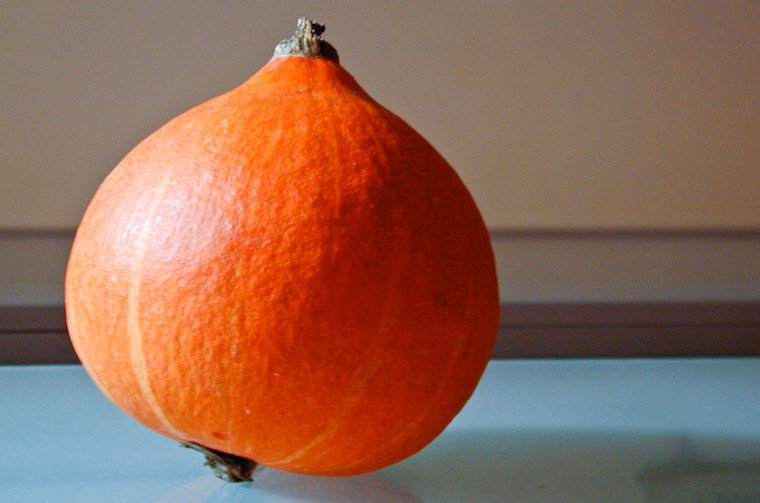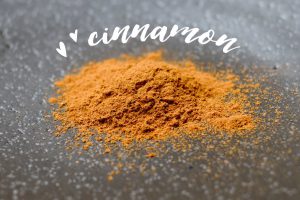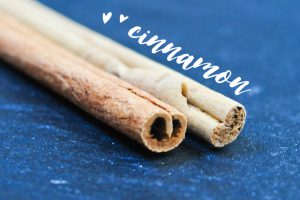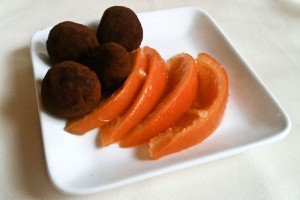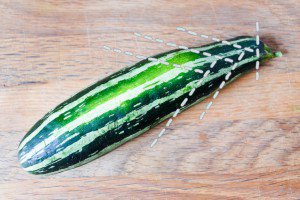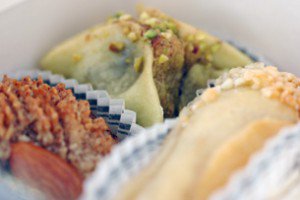On Saturday morning, from the attractive stall of my favorite produce merchant at the Marché des Batignolles, a potimarron is beaming up at me.
Plump orange cheeks, smooth skin with faint white lines — who could resist? I pick it up to get a better feel of its perfect shape and weight, cup it in my gloved hands, and adopt it instantly.
The stall-keeper, a pretty young woman with a crinkled felt hat, is always happy to share advice. “Potimarron is great puréed with carrots,” she offers.
I reluctantly hand her my potimarron (she has to weigh it, I know) and ask her to throw in a few carrots as well. She gets them from a crate in the back. “You don’t mind the dirt, do you? These were picked this morning and we haven’t scrubbed them yet.” Me? Oh no. I don’t mind the dirt at all.
Potimarron, a.k.a. Hokkaido squash, is a winter squash with a delicate chestnut flavor. Its French name is in fact a portmanteau of potiron (pumpkin) and marron (chestnut), and the skin of young specimens is soft enough that you don’t have to peel it. You feelin’ the love yet?
Oh, and get this: the longer a potimarron is stored, the more its vitamin and sugar content develops. Does this mean I can keep it on my bedside table for a little while, until it’s nice and ripe and chock-full of nutrients? It glows so bright I’m sure I can use it as a reading lamp. But just how long will I resist the temptation to make potimarron and carrot purée? Or potimarron gnocchi? Or potimarron jam?


